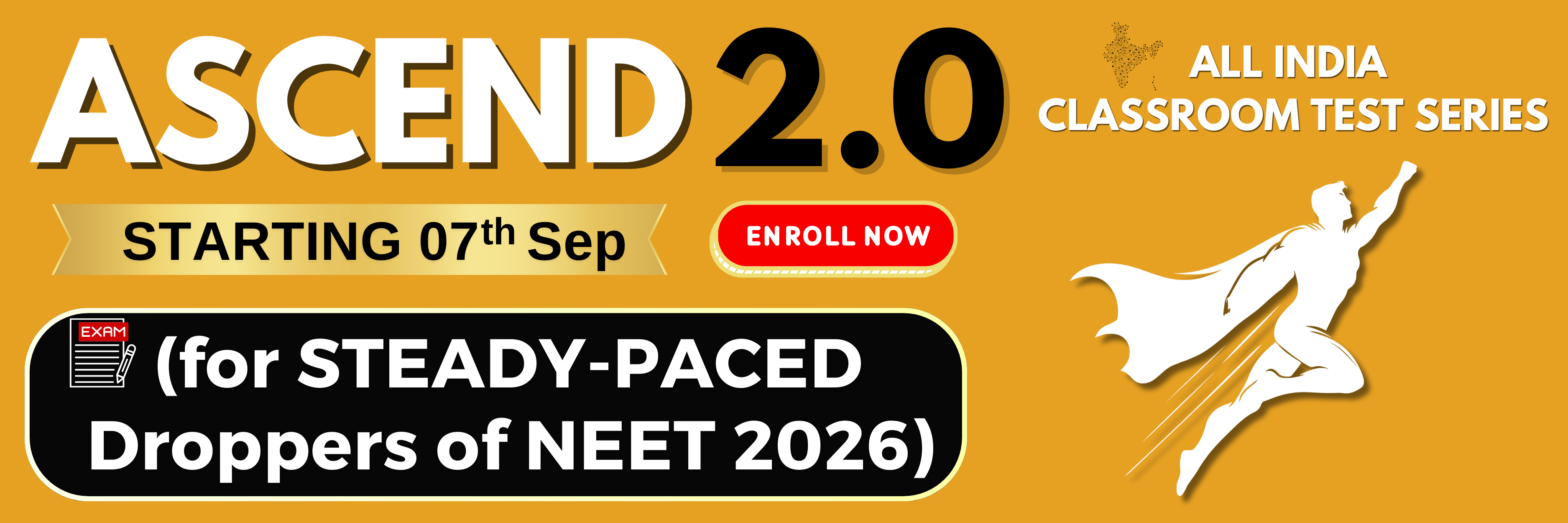An invasive weed found in standing water is
A. Grass
B. Lotus
C. Aquarium oxygen plant
D. Water hyacinth
Match the following:
1. Zoospores P- Yeast
2. Conidia Q- Amoeba
3. Buds R- Chlamydomonas
4. Gemmules S- Penicillium
5. Budding T- Hydra
6. Binary fission U- Sponge
1.1-R, 2-S, 3-T, 4-U, 5-P, 6-Q
2.1-P, 2-Q, 3-U, 4-T, 5- S, 6-R
3. 1-R, 2-S, 3-T, 4-P, 5-Q, 6-U
4.1-R, 2-S, 3-U, 4-T, 5-P, 6-Q
Non-flagellate spores are called conidia. In which organism they are seen?
A. Penicillium
B. Hydra
C. Chlamydomonas
D. Amoeba
Match the following
1-Eyes of P-Ginger
2-Rhizone of Q-Potato
3-Bulbil of R- Agave
4-Leaf buds of S- Bryophyllum
5-Offset of T-Water hyacinth
A. 1-Q, 2-R, 3-P, 4-S, 5-T
B. 1-S, 2-P, 3-R, 4-Q, 5-T
C. 1-Q, 2-P, 3-R, 4-S, 5-T
D. 1-T, 2-P, 3-R, 4-S, 5-Q
The females of placental mammals exhibit cyclical changes in the activities of ovaries and accessory ducts as well as hormones during the reproductive phase. In non-primate mammals it is known as
A. Oestrus cycle
B. Menstrual cycle
C. Reproductive cycle
D. Sexual cycle
Which among the following is immortal
A. Sea algae
B. Amoeba
C. Plants grown by vegetative propagation
D. Every living organism is mortal
Development of zygote taking place outside the body is called?
A. Viviparous
B. Oviparous
C. Omnivorous
D. Surrogacy
There are various types of reproduction. The type of reproduction adopted by an organism depends on:
A.The habitat and morphology of the organism
B.Morphology of the organism
C.Morphology and physiology of the organism
D.The organism’s habitat, physiology and genetic makeup
In vegetative propagation, when the _____ come in contact with damp soil or water, they produce roots and new plants.
1. Shoot
2. Node
3. Axial shoot
4. Seed
Assertion : Amoeba shows multiple fission during unfavourable conditions.
Reason : Chances of survival are less during unfavourable conditions.
- If both the assertion and the reason are true and the reason is a correct explanation of the assertion
- If both the assertion and reason are true but the reason is not a correct explanation of the assertion
- If the assertion is true but the reason is false
- If both the assertion and reason are false
- If both the assertion and the reason are true and the reason is a correct explanation of the assertion
- If both the assertion and reason are true but the reason is not a correct explanation of the assertion
- If the assertion is true but the reason is false
- If both the assertion and reason are false






